
FOR ease, flower power, and size in semi-shade, hydrangeas are hard to beat. In late summer, they provide mounds of lush foliage and huge flower heads that can be a handful or more in size. Many of these blooms go through attractive colour mutations as the seasons change and make superb-cut flowers, too.
The 75 species are native to Asia and the Americas, with almost 2,000 cultivars. There are three types to choose from: cone-shaped 'panicle' flowerheads (including H. paniculata); rounded 'mopheads' (such as H. arborescens); and 'lacecaps' (such as H. aspera), which look like doilies.
Magnificent mopheads
The ubiquitous mophead forms of H. macrophylla - which are usually pink, but can be blue in certain soil conditions - tend to induce a love them or hate them reaction. For those who loathe them, there are plenty of gorgeous alternatives, such as the ivory H. arborescens 'Annabelle' and the white-flowered climbing hydrangeas, which have a more subtle beauty with refreshing green and cream tones.
Paniculata hydrangeas are an alternative that are loved by garden designers. "If I want a flowering shrub of around 6ft (1.8m) in sun, I rely on H. paniculata 'Fire Light"," says landscape designer Carolyn Gange: "I love how it fades from white to soft maroon."
Oakleaf variety
Esta historia es de la edición May 28, 2022 de Amateur Gardening.
Comience su prueba gratuita de Magzter GOLD de 7 días para acceder a miles de historias premium seleccionadas y a más de 8500 revistas y periódicos.
Ya eres suscriptor ? Conectar
Esta historia es de la edición May 28, 2022 de Amateur Gardening.
Comience su prueba gratuita de Magzter GOLD de 7 días para acceder a miles de historias premium seleccionadas y a más de 8500 revistas y periódicos.
Ya eres suscriptor? Conectar

To dig or not to dig?
Should we be carrying out a full dig on plots now? Bob considers the pros and cons of the 'autumn dig' debate
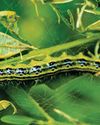
The box ball blues
As if his beleaguered box hadn't already taken a beating, Toby now has to deal with some hungry box caterpillars

Save your own seeds
Masterclass on: seed saving
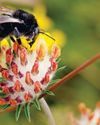
Strange sightings
Three unusual insects turn up in Val's garden in one day
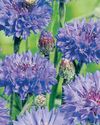
A bolt from the blue!
Cornflowers are perfect for garden and vase
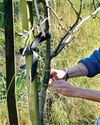
Winter moth prevention
Ruth shows you how to avoid maggoty tree fruits
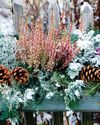
Create a winter container
There are as many options as in summer

Lightweight gardening tools
AS well as being good for our mental health, gardening is also great exercise.
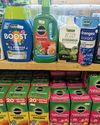
Autumn price round-up
AG finds better bargains in lesser-known brands
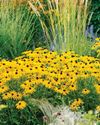
Rudbeckias
Rudbeckias are ideal for sunny summer patios and borders, with some able to survive our coldest winters